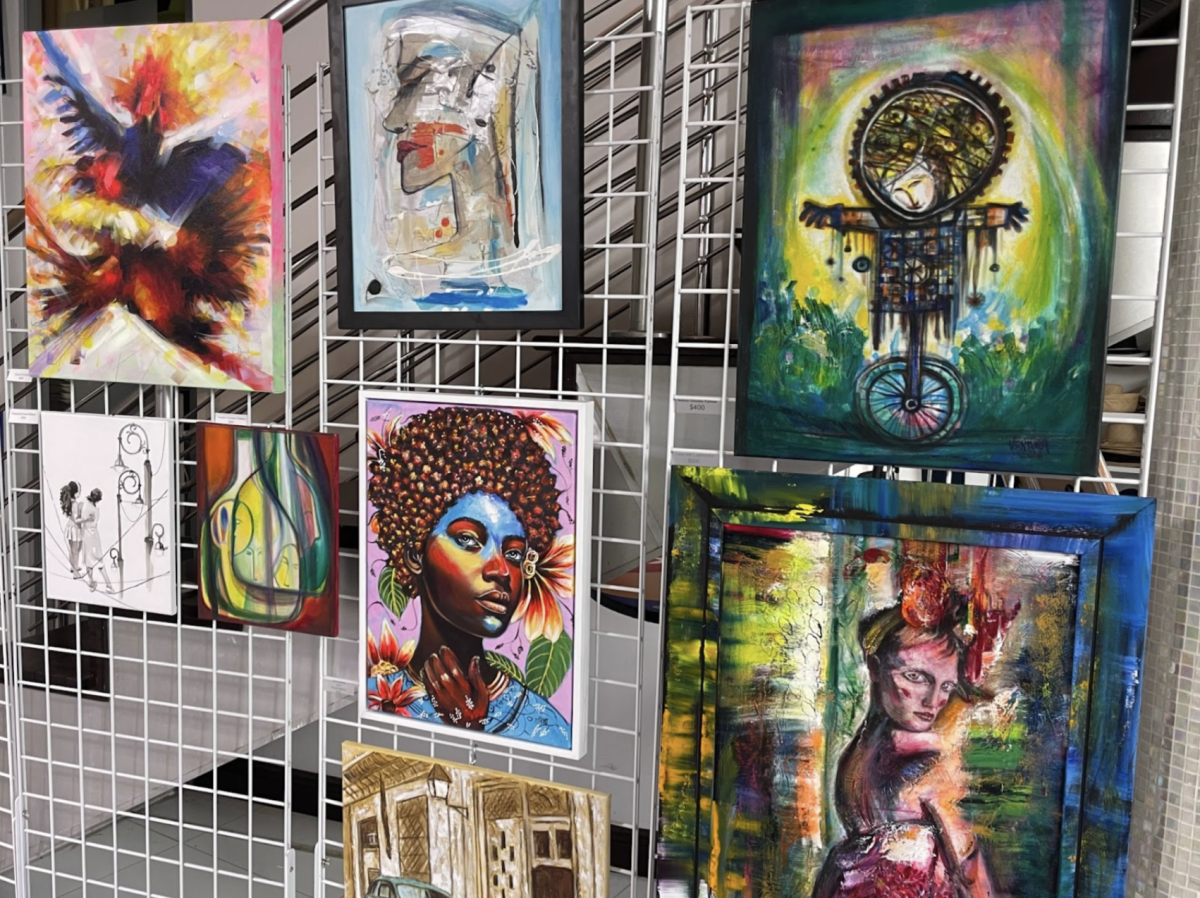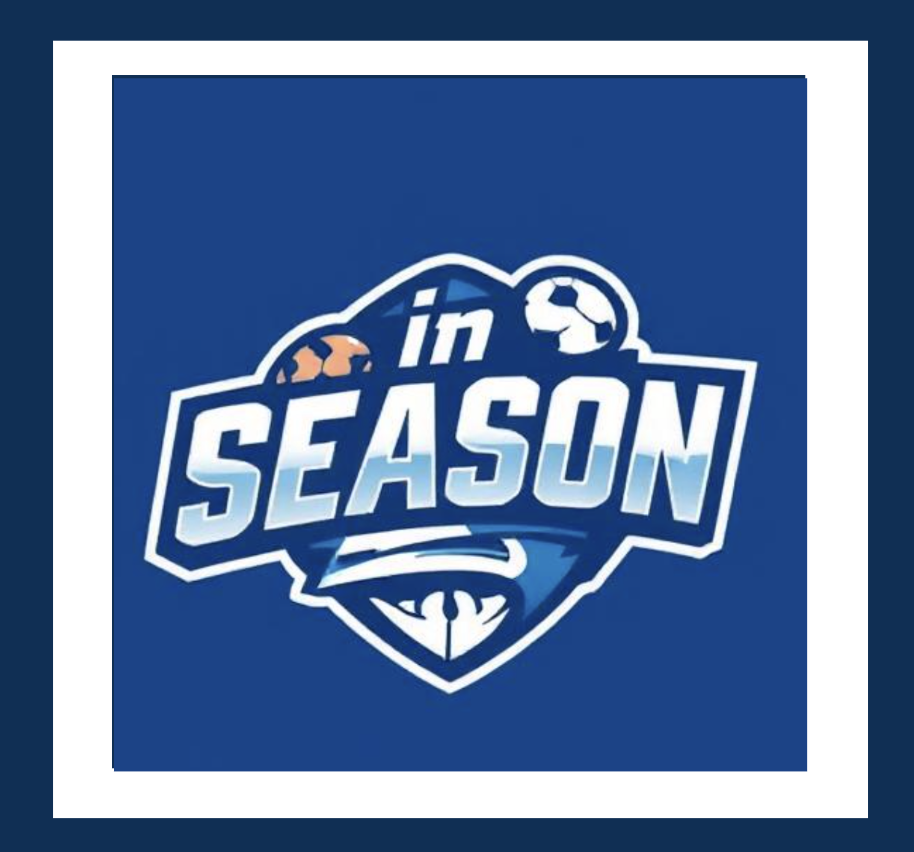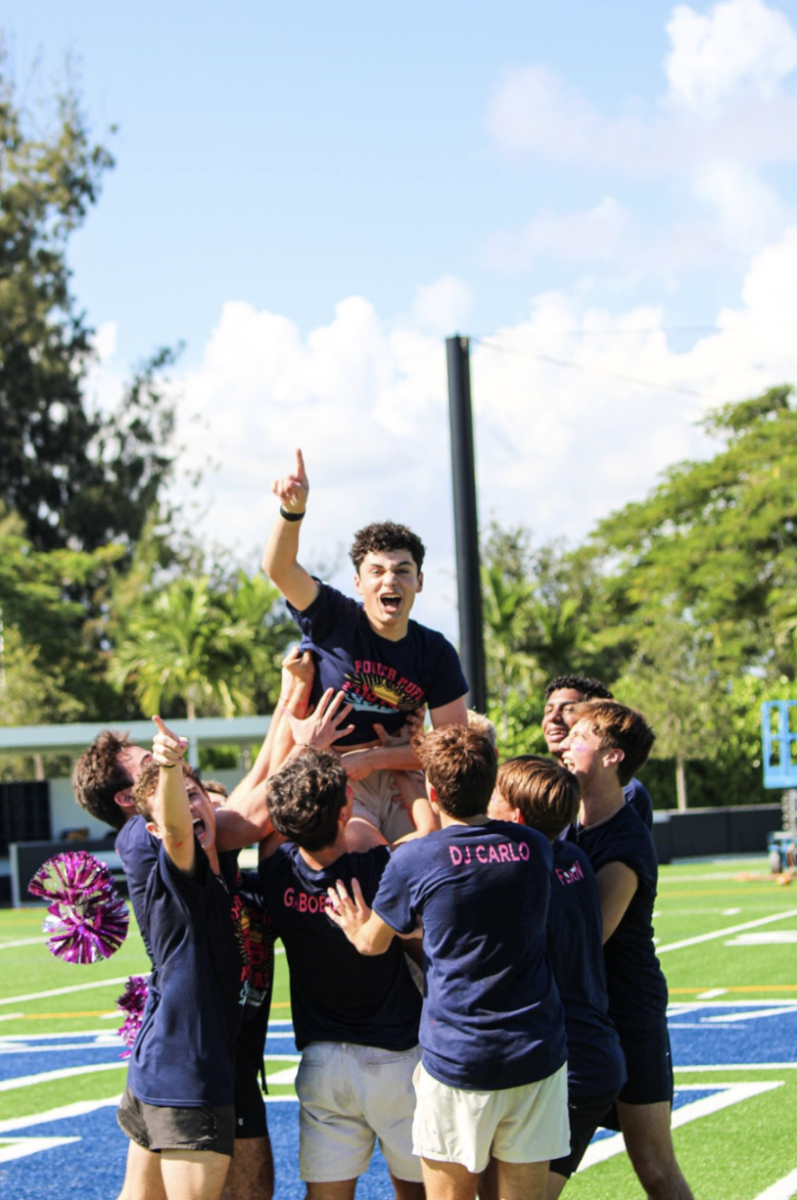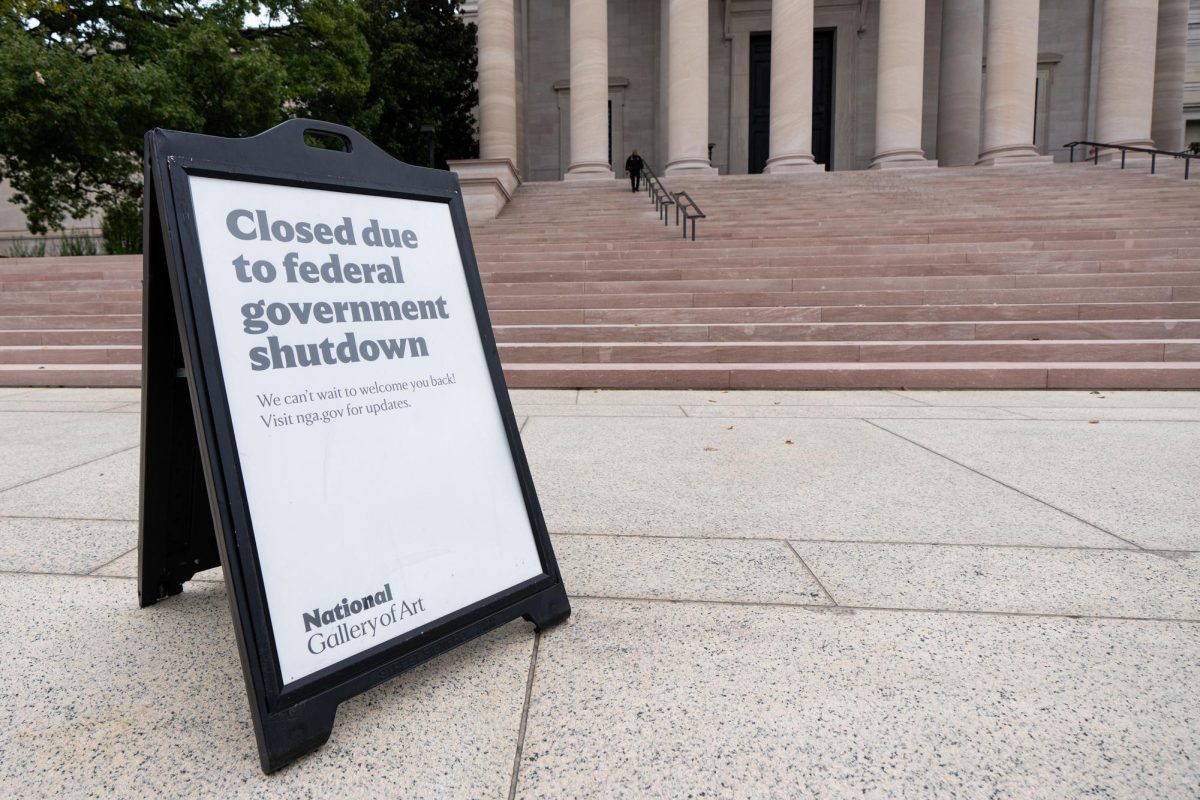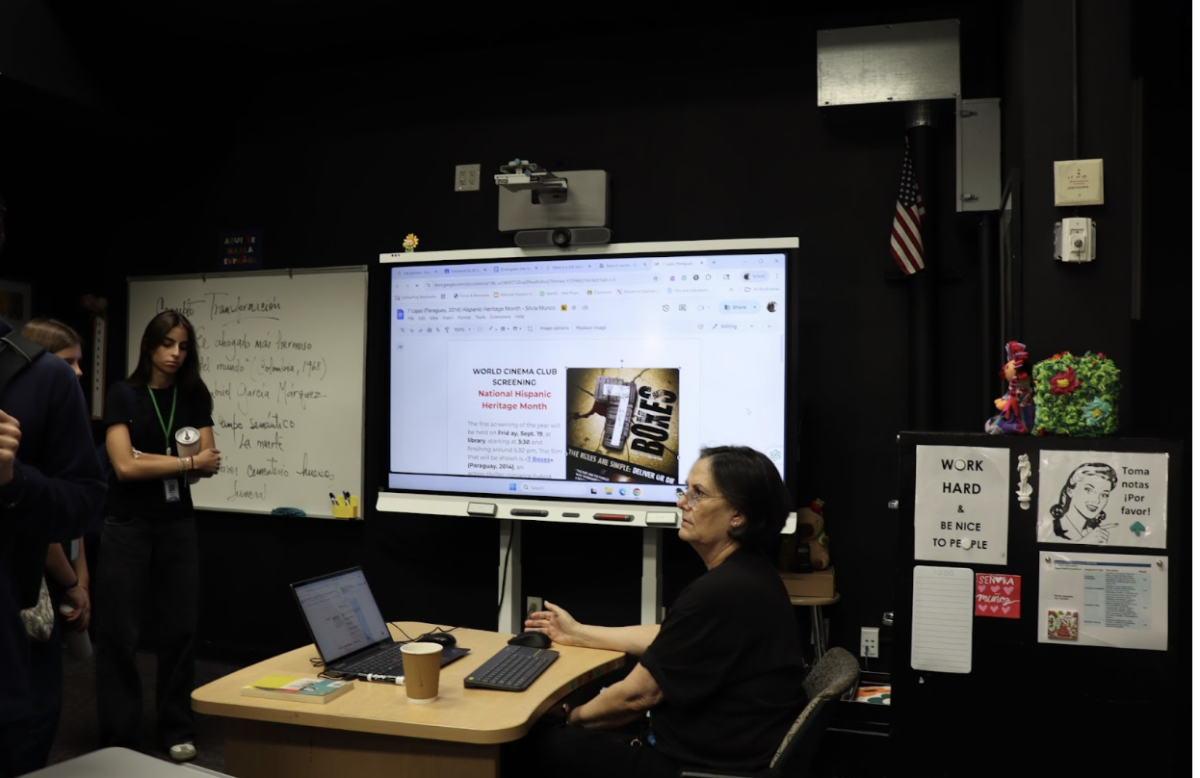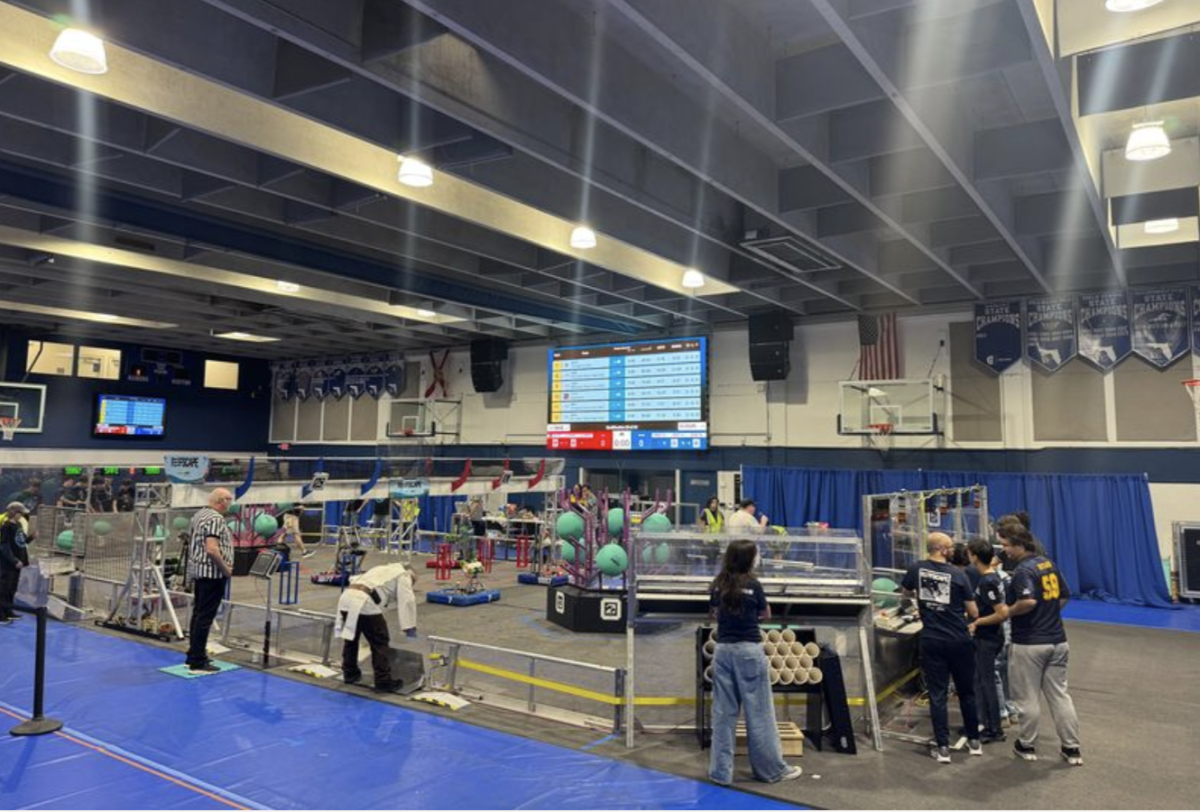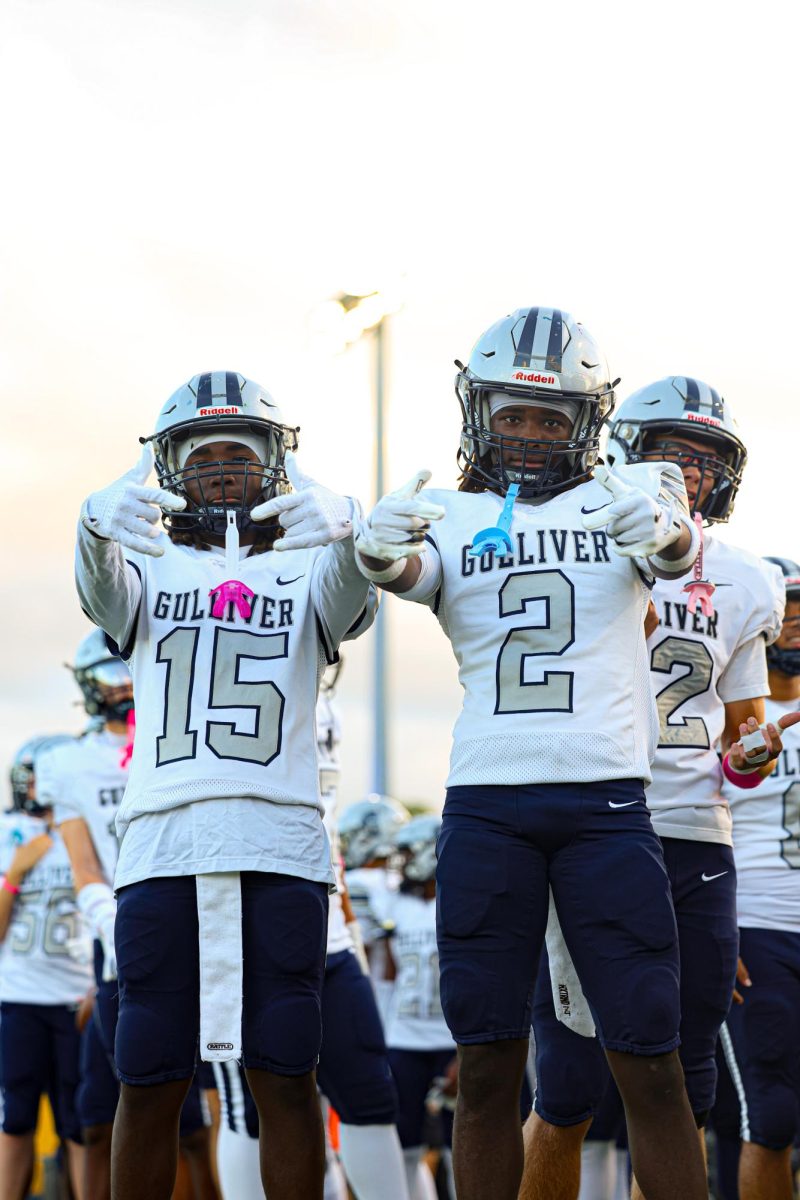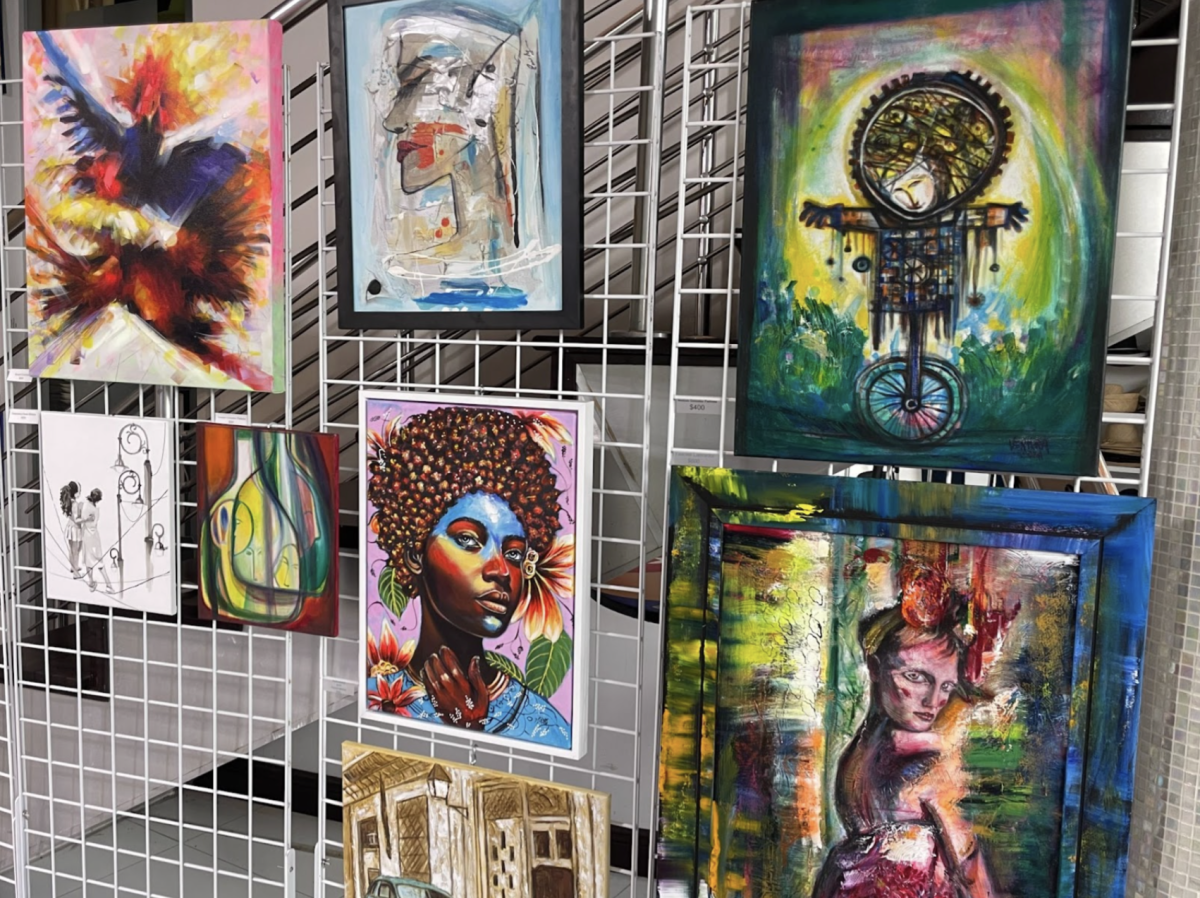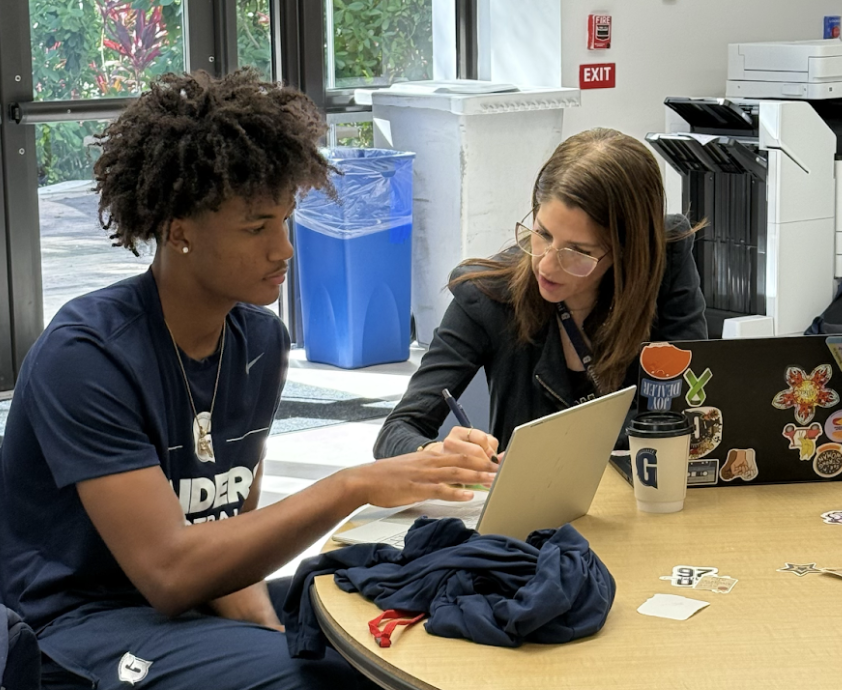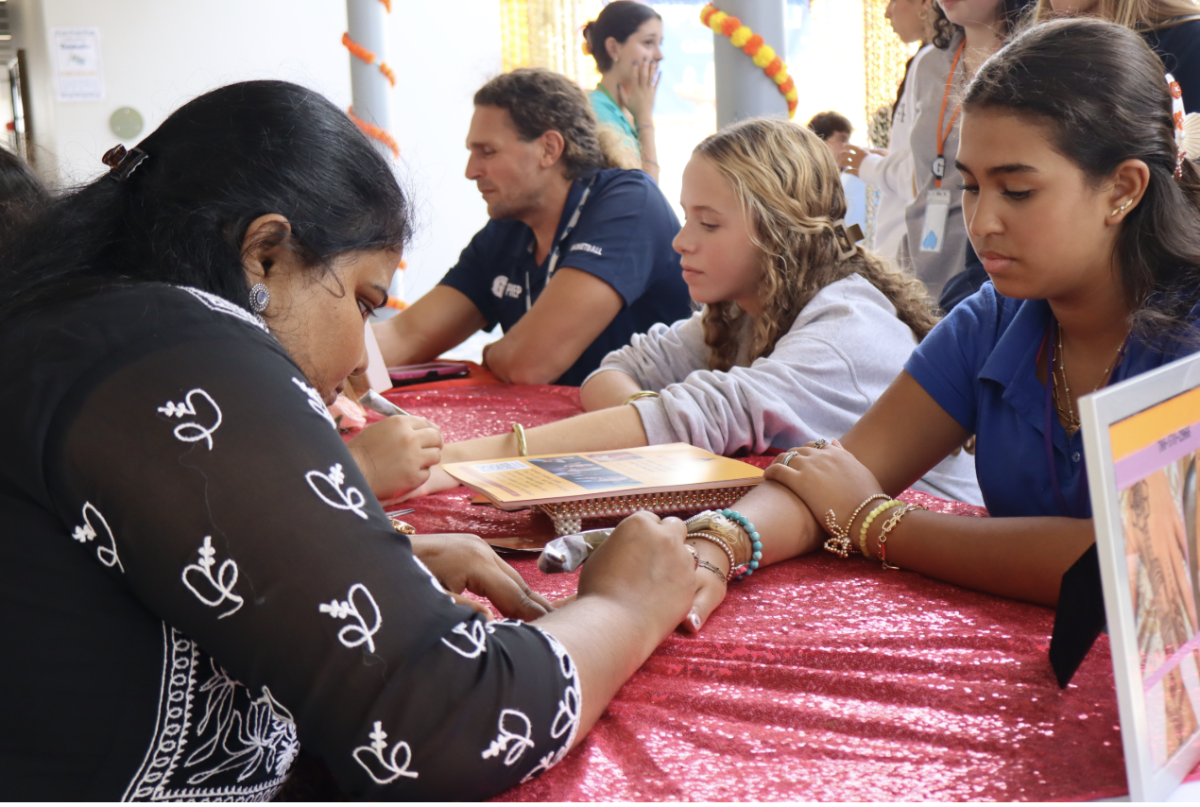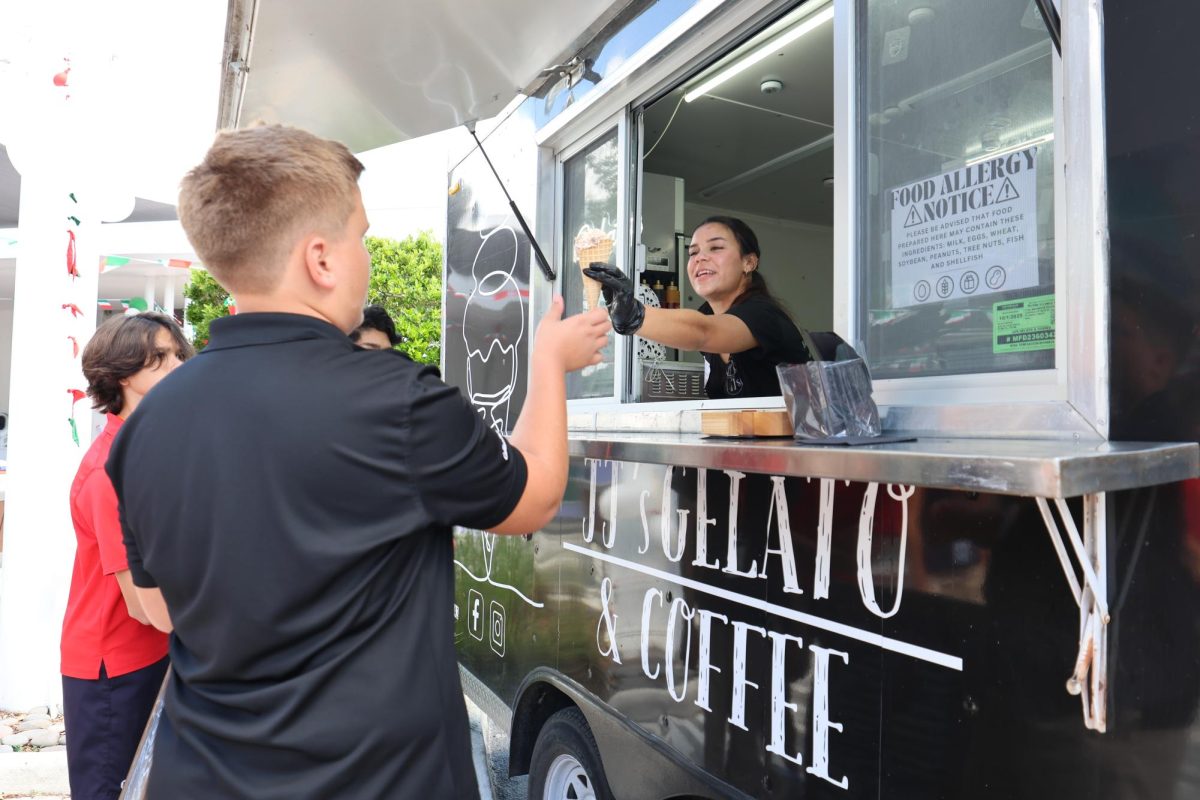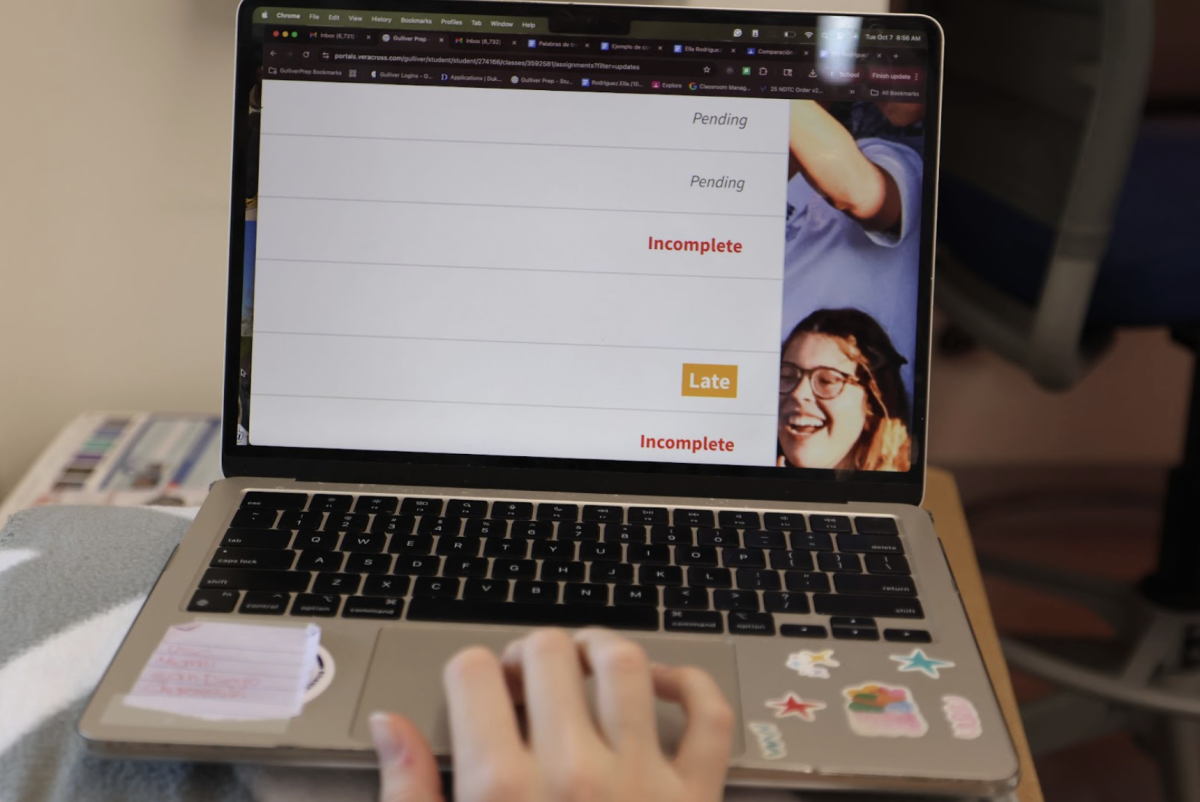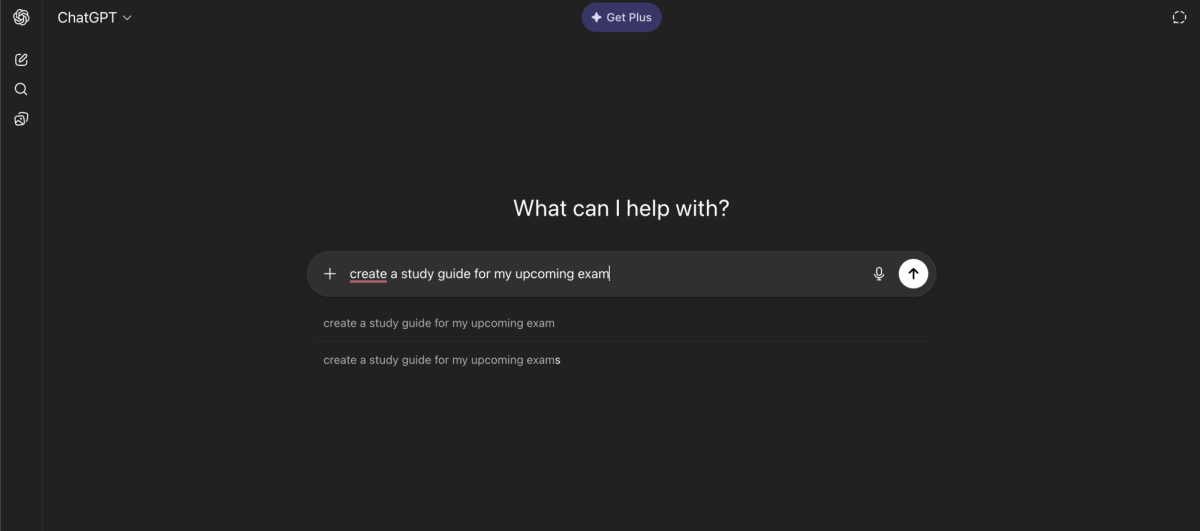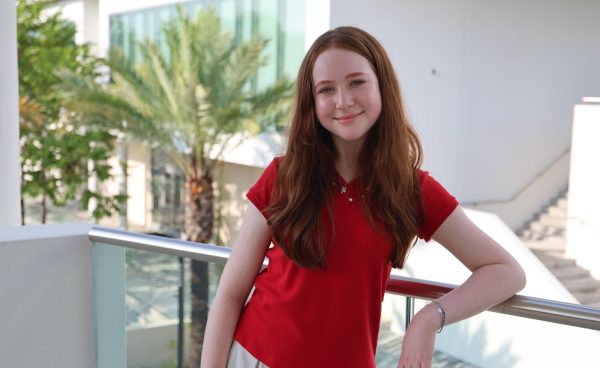On Monday, Oct. 27, students enrolled in the Upper SchoolтАЩs Hispanic Studies Advanced course spent the day exploring Little HavanaтАЩs Calle OchoтАФSouthwest 8th Street just west of downtown MiamiтАФto tour the neighborhood often called the beating heart of Cuban culture in the United States. Guided by an anthropologist who has studied the area for more than 20 years, students visited an art gallery, a cigar-rolling shop, a Cuban coffee cafe, and a domino park.
тАЬMany of them [the courseтАЩs students] have never set foot in Calle Ocho despite living here in Miami, just a few miles away,тАЭ Spanish teacher and field trip organizer Mar├нa Eva Molina said. тАЬThere are things one learns from actually visiting a place that you canтАЩt find in any textbook, like the pride [the locals feel].тАЭ
One such firsthand account students heard was from a Cuban immigrant who fled his homeland during the 1959 Revolution, when Fidel CastroтАЩs rise to power led many to rebuild their livesтАФall while trying to honor their culturesтАФin the United States. At the Futurama 1637 Art Building, they learned about this history while surrounded by exhibits from more than 37 local artists and 12 studios, highlighting the richness of Hispanic customs and traditions that sophomore Lars Goodrich spoke of.
тАЬPlaces like this are suspended in timeтАФyou look around and see skyscrapers, but Little Havana still feels like a window into what the city once was,тАЭ Goodrich said.
The field tripтАЩs group also relished an authentic Cuban meal at Old Havana Cuban Bar & Cocina, where they ordered traditional dishes such as ropa vieja, CubaтАЩs national dish named for its shredded beef and tomato stew that resembles тАЬold clothes.тАЭ Afterward, students gathered for rounds of double-nine dominoes, the islandтАЩs national game.
тАЬPlaying dominoes stood out the most to me [out of all the field tripтАЩs activities] because itтАЩs something generations before us have done,тАЭ junior Gabriela Morales said. тАЬIt felt like connecting with the people who built this community.тАЭ
Molina, who has led the excursion for more than a decade, held that Little Havana continues to pulse with enlightening information and new cultural dimensions, no matter how many times she visits.
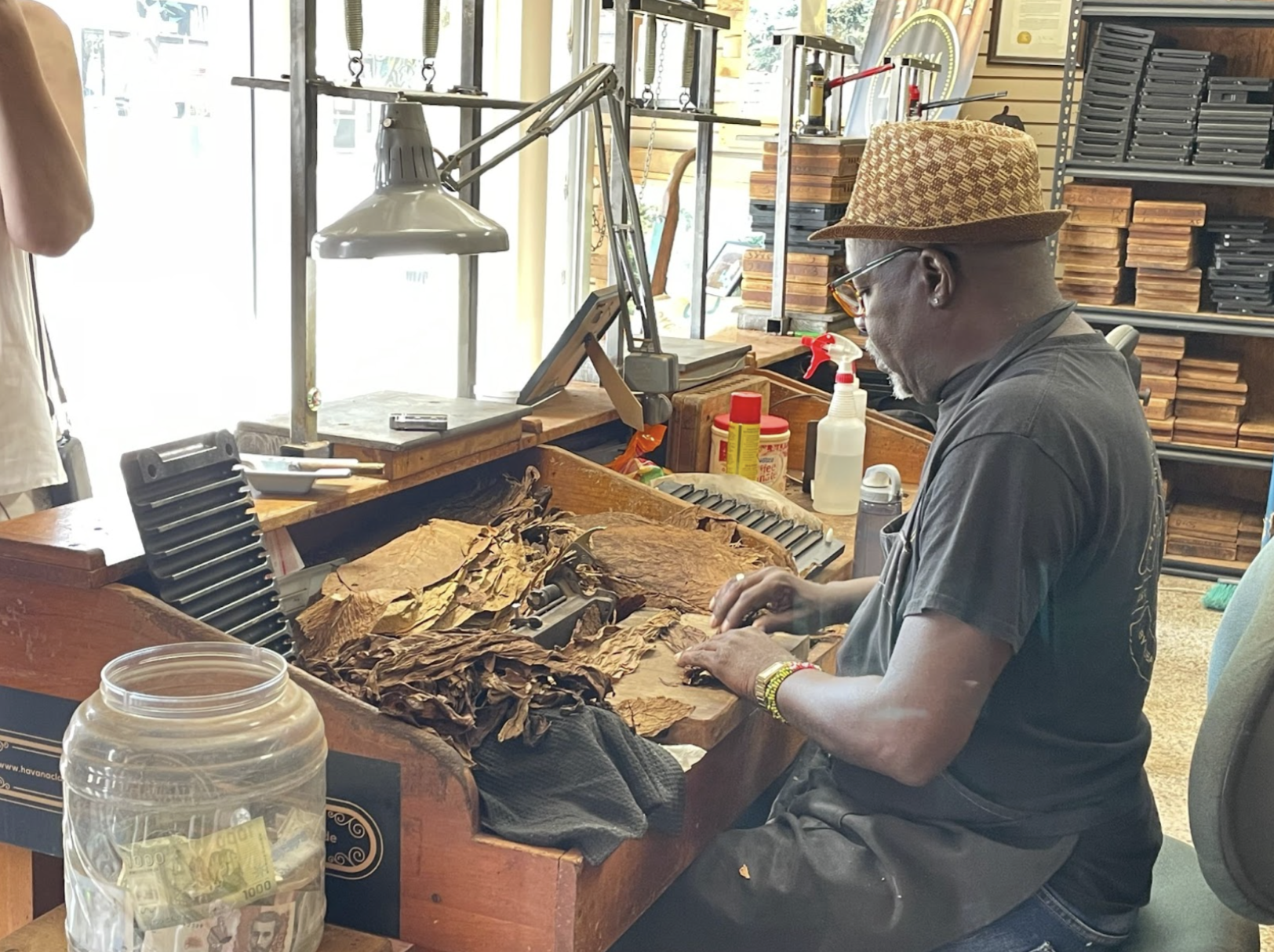
(Megan Markus)
тАЬIтАЩve done this excursion for more than 15 years, yet, every time I go, I [still] learn something new,тАЭ Molina said.┬а
She also noted that the field trip offered an opportunity for students to experience the practices, products, and perspectives of the Spanish-speaking worldтАФan inviolable pillar of the Hispanic Studies Advanced curriculum.┬а
тАЬPeople came here [to Little Havana] with nothing and built their own stories. That resilienceтАФthe belief that hardship doesnтАЩt define youтАФis what students can carry forward,тАЭ Molina said.

